Why Does Blue Smoke Come From My Exhaust?
Updated: 13 May 2024
117
Car exhaust smoke identifies the condition of any vehicle. If the car is running without any prominent issues and you notice blue smoke from the car exhaust pipe (Blue smoke because of Oil Burning ), it means something is going wrong in your vehicle.
I will give a daily review of practical examples of the causes of blue smoke from the exhaust in the article below.
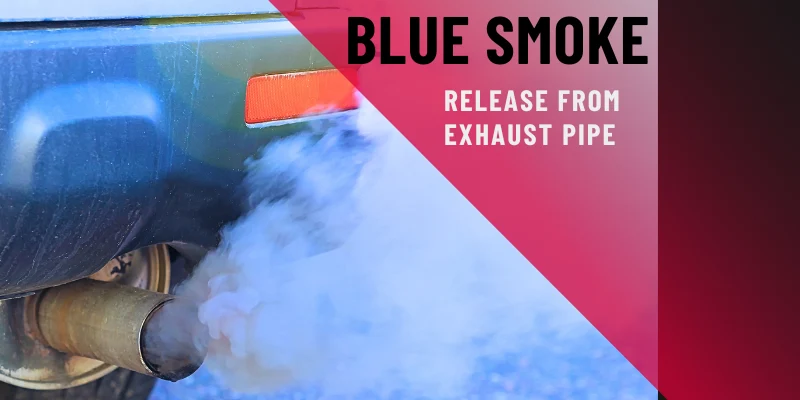
Expected Causes of Blue Smoke from the Exhaust?
If there is blue smoke from the car exhaust, engine oil is most likely mixing with gasoline during the combustion cycle or because of dripping Oil on hot engine parts.
Blue exhaust smoke is also caused by the failure of some parts, such as the Turbocharger or PCV valve; burning Oil in the combustion cycle will cause the vehicle to run inefficiently.
Here are some reviews listed that cause blue exhaust smoke.
1. Oil Mixes in the Combustion Chamber
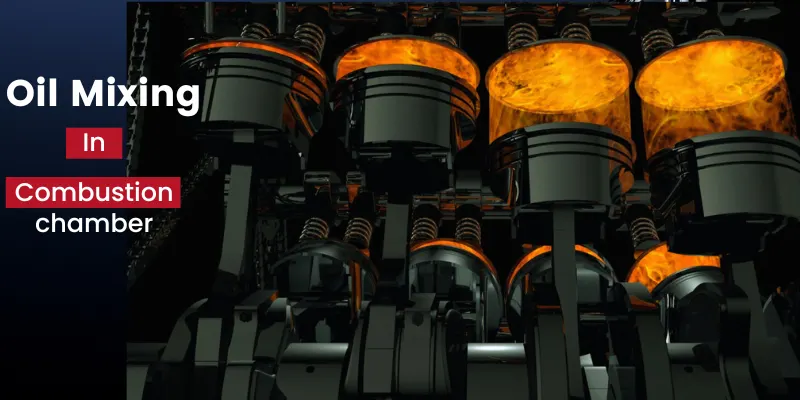
When the engine becomes old, Piston rings, valve seals, and other components wear out. Valve seals are either cracked or brittle, which fail to separate Oil from fuel in the combustion chamber. This is mainly caused if oil changes are not done in a specified period due to oil contamination increasing friction.
Burn oil deposited at the inner surface of the combustion chamber caused an increase in temperature, and heat exchange could have been more efficient. This irregularity will increase gradually, even in seized engines.
2. Damaged Turbocharger
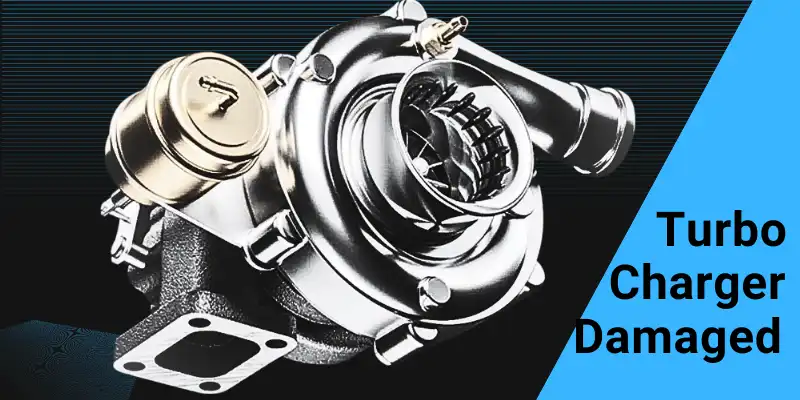
A blown (damaged) Turbocharger is also responsible for creating blue smoke from the exhaust. Whenever the Turbocharger Blown seal cannot be sustained, oil seeps into the engine, and the infiltration of Oil mixes with fuel, making Blue smoke.
3. Piston Ring Damage
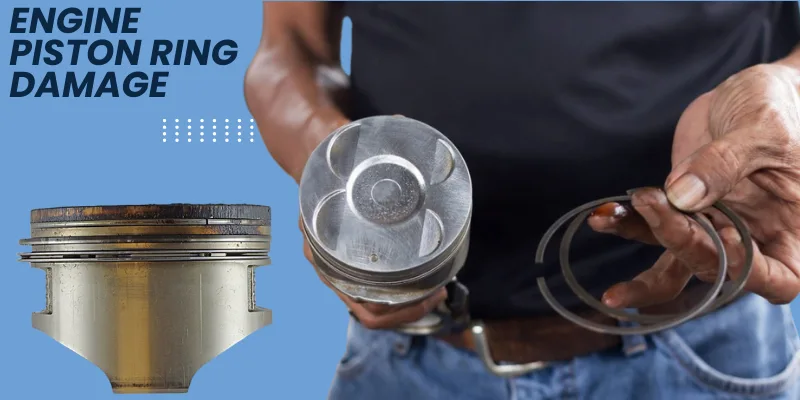
The purpose of the Piston ring is to keep the Oil from the combustion chamber; due to a bad piston ring, Oil mixed with fuel creates blue smoke.
(As a result Increase in oil consumption, fouling spark plug, and compression loss)
Replacing the piston ring is expensive and time-consuming work.
4. Dripping Oil
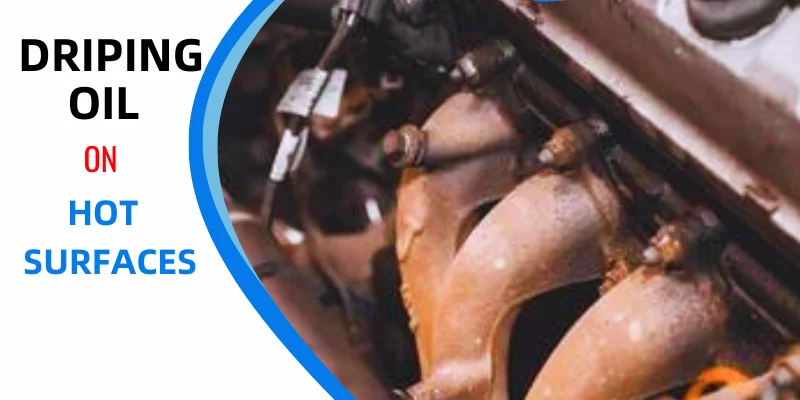
If the hot Oil splits out of the engine due to damage in any part or The remaining drops during the oil change service, it will be in contact with the hot engine parts under the hood. After the engine parts get hotter with acceleration, blue smoke appears at the back of the car, which is not precisely from the exhaust pipe.
Oil drops due to a gasket blowing off the engine block seeps into the engine header or onto the exhaust pipe, as the surface hot creates blue smoke; if it is not driving and smoke comes out from under the hood, signs is leaking Oil; repair can cause to replace cylinder head.
5. Stuck (Jammed) PCV Valve
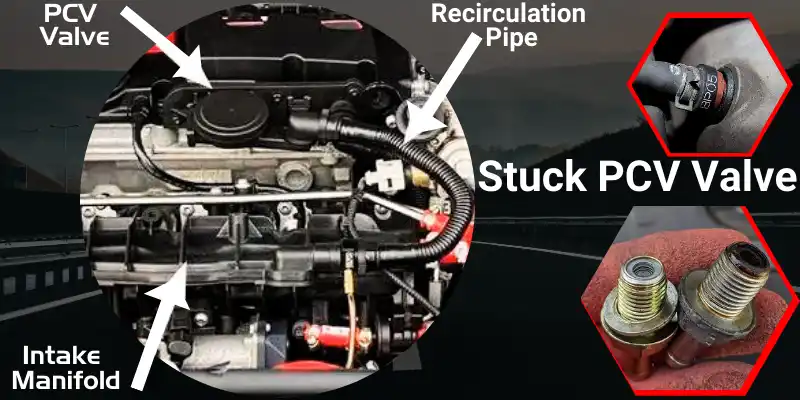
Positive crankcase ventilation PCV Valve maintains the pressure balance in the side oil pan; it releases the pressure to the intake manifold for fumes to return. If the PCV valve is stuck, Oil mixed with air because of the connection between the intake manifold and the air filter will create blue smoke.
For more details please watch the below video.
How Exhaust Blue Smoke to be Fixed
Fixing of blue smoke to be done as following methods.
1. Adjust Engine Oil Level
If blue smoke is noticed just after changing the Oil, check the oil dipstick level and remove the Oil if the level is as high as marked because heat and lubrication can not be maintained due to oil pressure.
2. Clean (Service) Engine
If it takes too long to clean the engine (overhaul), dirt will get stuck with time in pipes (holes), and it will block return passages in the cylinder head, causing seepage or leaking.
Open the valve cover and back drain pipes, visually inspect all parts if found Oil, clean visual debris, and wipe down the engine from Oil, which will create blue smoke later on.
3. Replace Piston Rings
Piston rings cost 100$, but replacing them is a challenging task; it needs expertise as well as sufficient time. The engine to be dismounted, and all parts must be detached to get rings; because of complicated labor, the job will cost 1000$ to complete.
4. Fix Turbocharger
If there is an indication of the Turbocharger being blown, avoid driving in this case because it will increase the problem. Metal debris can enter engine passages, causing further damage.
5. Replace PCV Valve
It is easy to change the PCV valve to a new one, with a nominal cost; it is connected to the intake manifold; trace the same connected tube until you find the PCV valve. When you put the PCV valve in the correct place, it will work fine, and the blue smoke problem will be resolved.
6. Repair Valve Seals
This task needs expertise as well as special tools to complete. You have to dismantle many parts; then, you will unscrew the spring from the rocker’s arm. Lift the Valve seal with care. Don’t push the valve. It will create a critical problem; change the valve seal with a new one, and hopefully, there will be no more blue smoke-induced.
FAQ’s
Is it safe to Driving the Vehicle if it emits Blue Smoke?
It’s not recommended to drive a vehicle when emitting blue smoke from the exhaust; this may be a severe engine issue that leads to further critical damages or safety hazards.
Is Blue Smoke Emissions Harmful to the Environment?
Yes, blue smoke emissions increase air pollution and affect the environment because of the burning of Oil and other contaminants.
How can I prevent Blue Smoke from Occurring?
Regular oil changes with inspection of the whole engine system and immediate maintenance of minor issues before further escalation.
Are there any quick fixes for Blue Smoke Emissions?
Quick fixes like paste additives or sealant on leaking spots to stop Oil temporarily Or wiping oil seeps surface; ignorance of finding issue may cause further problems.
Conclusion
Blue smoke from exhaust is a sign that the engine or component underlying any issue that needs attention; by reading the above Article, you can understand the causes, symptoms, and effects of blue smoke. You will realize the causes and timely diagnosis and repair; doing this will ensure engine performance and a sustainable environment.
Please Write Your Comments